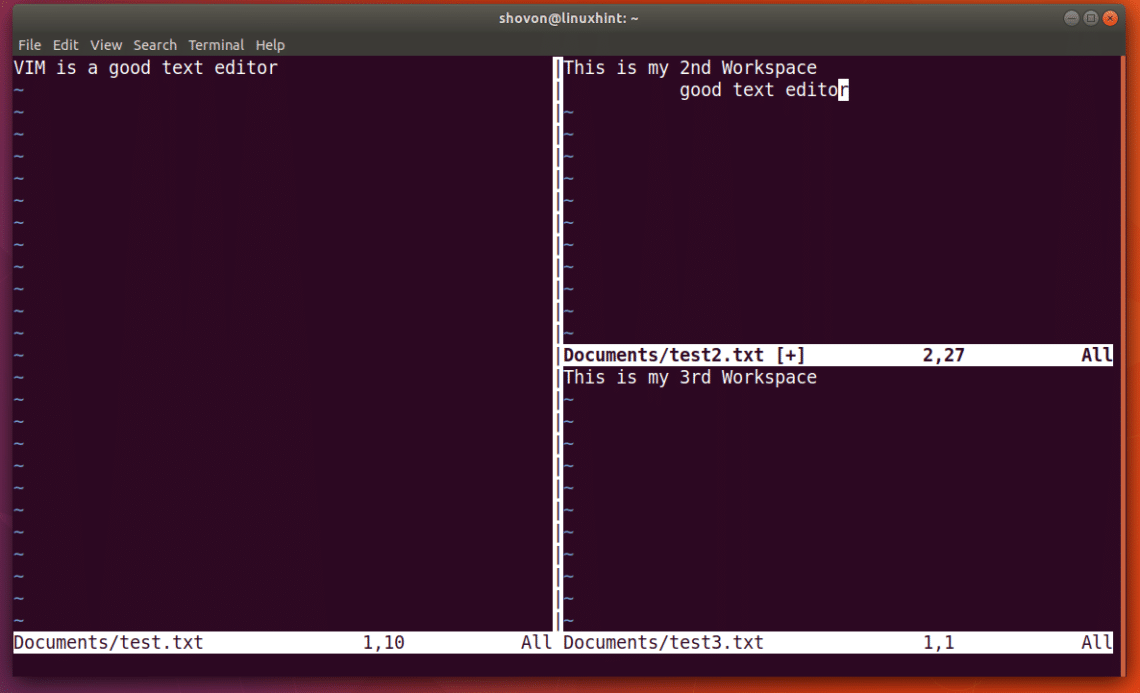
- #Vim shortcuts mac full#
- #Vim shortcuts mac windows#
cit to change the content of an HTML tag, and its variants ( cat, dit, dat, ci(, etc.). Some commands incredibly useful for any programming related tasks: It certainly seems weird at first but you don't really think about it after a while. Vim is very different and it's best to go progressively.Īnd to answer your subquestion, yes, I use all of iaIAoO everyday to enter insert mode. Grosso modo, I don't think it's a good idea to do a radical switch. Now I'm as productive as I was with TM and constantly amazed by Vim's power. I started my switch from TextMate a few months ago. I have created a small vim script that makes this easy: Hewgill's cheatsheet is very good. Vim has some features that make it easy to highlight lines that have been changed from a base version in source control. ^N (in insert mode) automatic word completion. ^] jump to definition of global symbol (requires tags file) ^T return to previous position (arbitrary stack of positions maintained). gd go to definition of local symbol under cursor ^O return to previous position. % jump to matching parenthesis/bracket/brace, or language block if language module loaded. ^W+ increase window size ^W- decrease window size. #Vim shortcuts mac windows#
^W_ maximise current window ^W= make all windows equal size. ^Wj down to next window ^Wk up to previous window. :e edit same file again (if changed outside vim). :q quit editing a file :q! quit editing without saving changes. :n edit a new file :n! edit a new file without saving current changes. move again to same character in same direction, move again to same character in opposite direction. 
fx forward to next character x Fx backward to previous character x.n next match in same direction N next match in opposite direction.* search forward for word under cursor # search backward for word under cursor./g is a flag that changes all occurrences on a line instead of just the first one.% is a range that indicates every line in the file.:%s/foo/bar/g substitute all occurrences of "foo" to "bar".o moves the cursor to the other end of the block.most motion commands extend the block to the new cursor position.v visual block stream V visual block line ^V visual block column.xp swap two characters ( x to delete one character, then p to put it back after the cursor position).p paste buffer below cursor line P paste buffer above cursor line.yy copy line into paste buffer dd cut line into paste buffer.d deletes in the direction of the motion.dw delete word D delete to end of line dd delete whole line.ci( change inside parentheses (see text object selection for more examples).c changes text in the direction of the motion.


cw change word C change to end of line cc change whole line.r replace single character R replace multiple characters.o open new line below O open new line above.a append text after cursor A append text after end of line.i insert text at cursor I insert text at start of line.^E scroll one line up ^Y scroll one line downĪll insertion commands are terminated with to return to command mode.
#Vim shortcuts mac full#
^F forward full screen ^B backward full screen. 0 start of line ^ first non-whitespace. e end word (by punctuation) E end word (by spaces). b back word (by punctuation) B back word (by spaces). w next word (by punctuation) W next word (by spaces). Commands preceded by : are executed on the command line at the bottom of the screen. gets you out of any mode and back to command mode. Nearly all commands can be preceded by a number for a repeat count. more useful tips and graphical cheat sheet. Here's a tip sheet I wrote up once, with the commands I actually use regularly: References







 0 kommentar(er)
0 kommentar(er)
